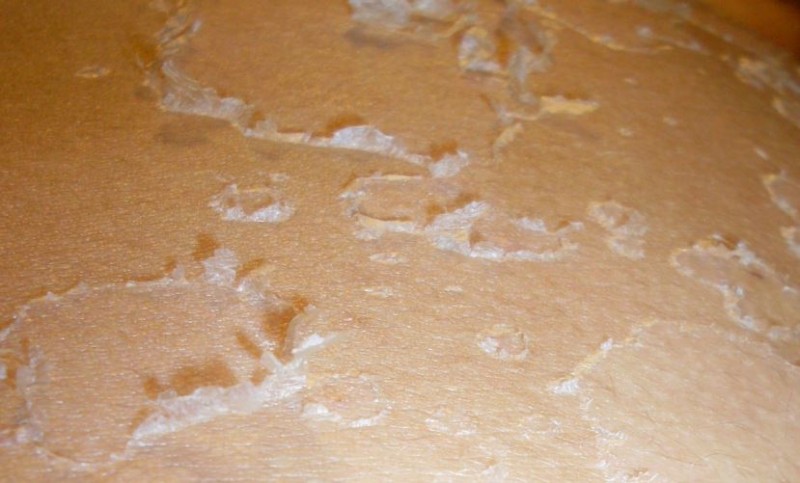
Have you ever wondered why our homes gather so much dust even when we try our best to keep them clean? The answer lies in a fascinating and somewhat unsettling fact: humans shed about 600,000 particles of skin every hour! Yes, you read that right. Our skin is continuously renewing itself, and this natural process results in tiny skin particles being released into the air, contributing significantly to the dust in our living spaces. In this article, we'll delve deeper into this phenomenon, exploring why and how it happens, its impact on indoor air quality, and tips to minimize dust accumulation.
Understanding the Skin Shedding Process
The Epidermis - Our Dynamic Outer Layer
The human skin is composed of several layers, with the epidermis being the outermost layer. It acts as a protective barrier against external factors and is continuously shedding dead skin cells to make way for new ones.
The Life Cycle of Skin Cells
The skin cell's life cycle involves three stages: division, migration, and shedding. As new cells are formed in the deeper layers of the epidermis, they gradually move upward, pushing older cells towards the surface.
Shedding Mechanism - A Constant Process
Once the skin cells reach the surface, they become flat and dry, forming a protective layer. Eventually, they shed off as tiny, almost invisible particles.
The Dust Connection
Dust - A Mix of Materials
Dust is not solely composed of human skin particles. It's a combination of various materials, including pet dander, fibers, pollen, and dirt. However, skin cells are a significant component.
Airborne and Settled Dust
When skin particles are released into the air, they become airborne dust. This dust can remain suspended for a while before settling on surfaces, making our homes dusty.
Dust Mite Feeding Frenzy
Dust mites, microscopic creatures that live in our homes, feed on these shed skin particles, further contributing to dust accumulation.
Impact on Indoor Air Quality
Breathing and Allergies
Excessive dust in the air can lead to respiratory issues and exacerbate allergies, especially for individuals sensitive to dust mites and allergens.
Poor Air Circulation
Dusty air can hinder proper air circulation in homes, leading to an uncomfortable living environment.
Minimizing Dust Build-up
Regular Cleaning
Frequent dusting and vacuuming can help reduce dust accumulation, improving indoor air quality.
Air Purifiers
Investing in air purifiers with HEPA filters can effectively trap airborne dust particles.
Humidity Control
Maintaining optimal indoor humidity levels can discourage dust mites from thriving.
In conclusion, the phenomenon of humans shedding about 600,000 skin particles per hour contributes significantly to the dust found in our homes. While it might seem overwhelming, understanding this process empowers us to take measures to minimize dust build-up. Regular cleaning, using air purifiers, and controlling humidity can go a long way in creating a cleaner and healthier living space.
Medical Laboratory Technician: A Vital Role in Modern Healthcare
Physician/Doctor: A Guide to the Noble Healers
"Breaking Barriers: Examining the Struggle for Women's Equality